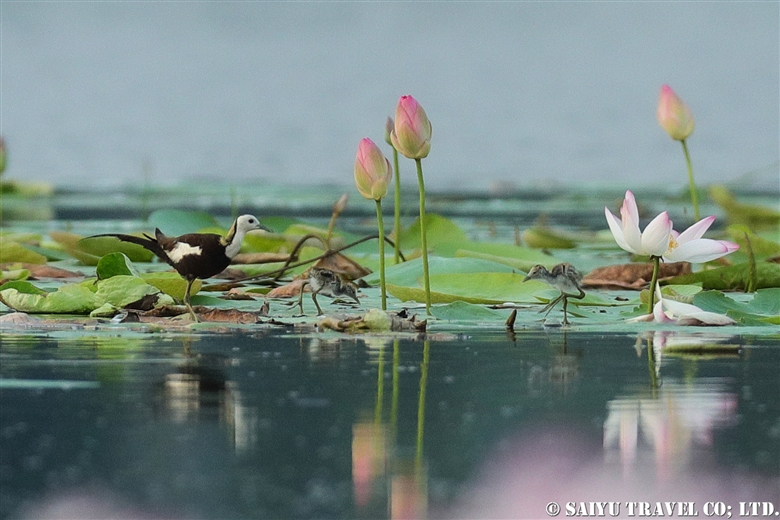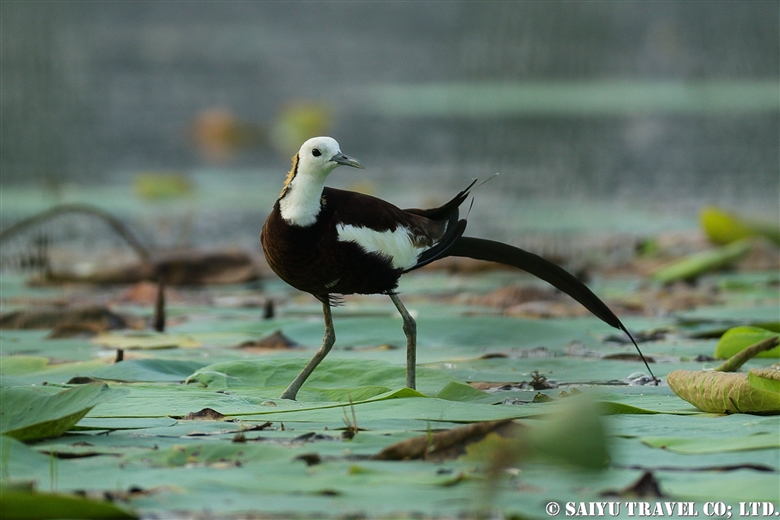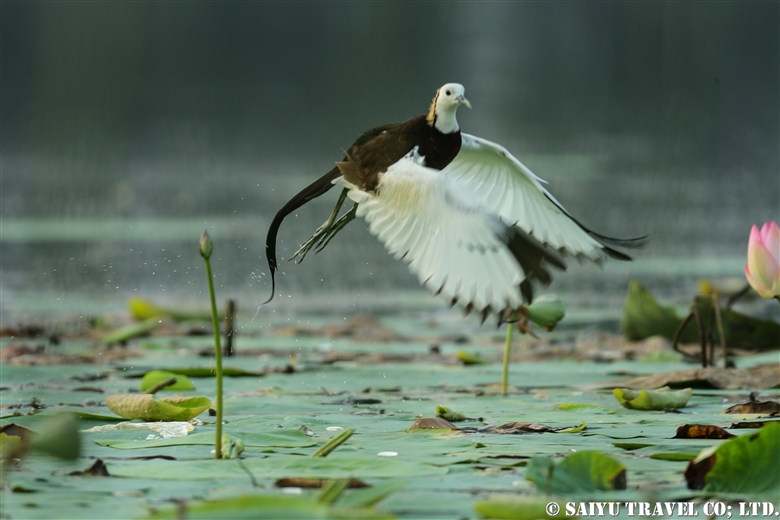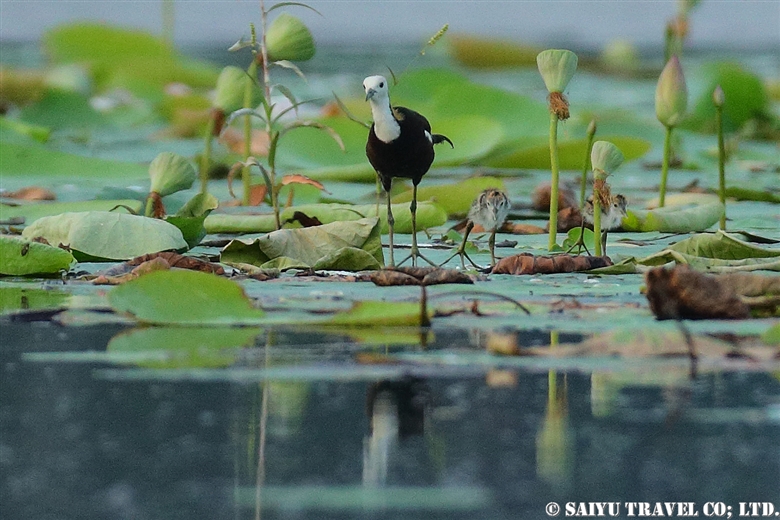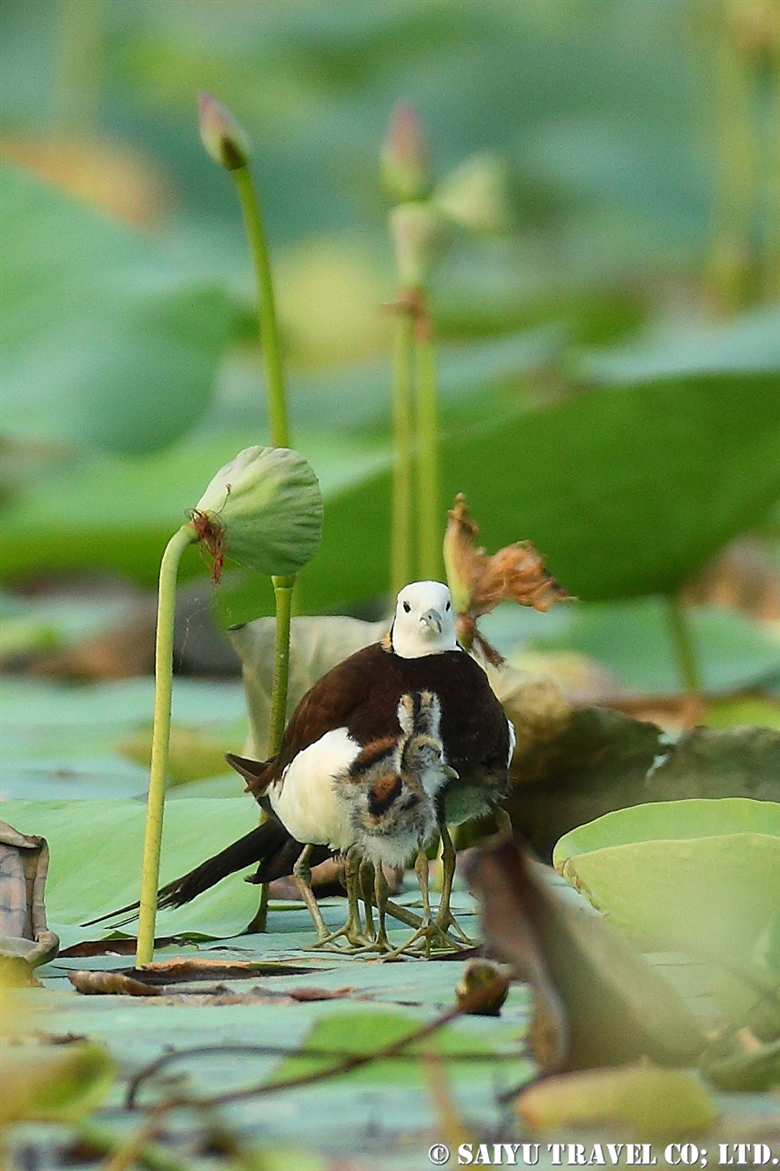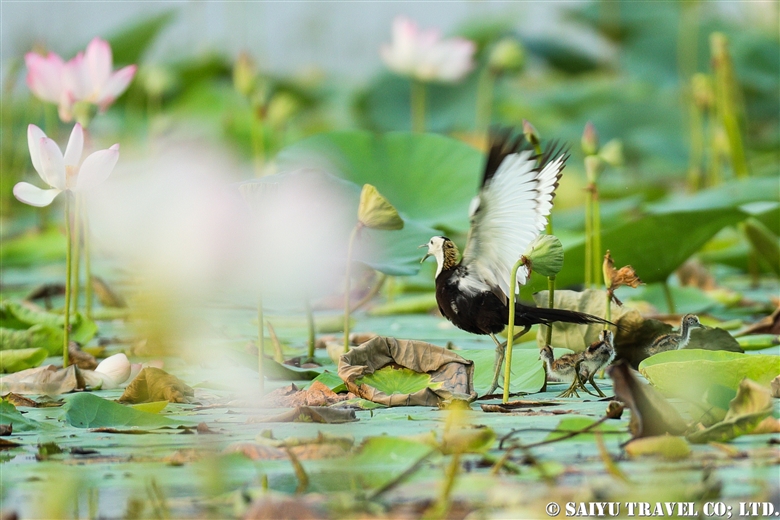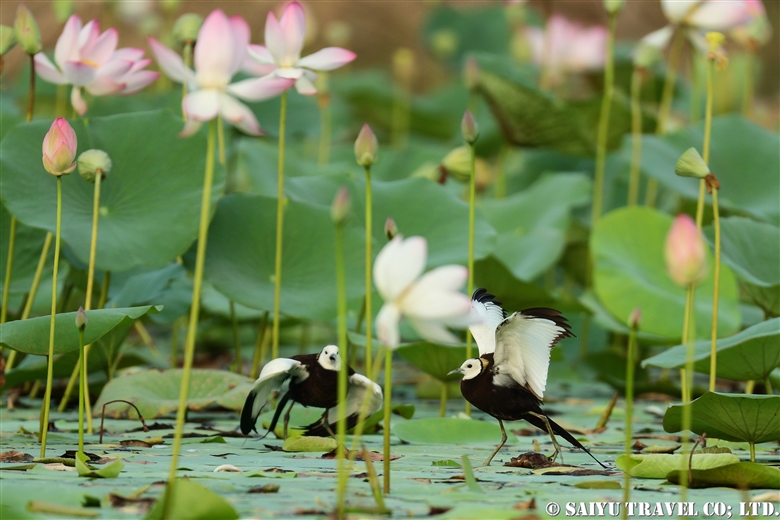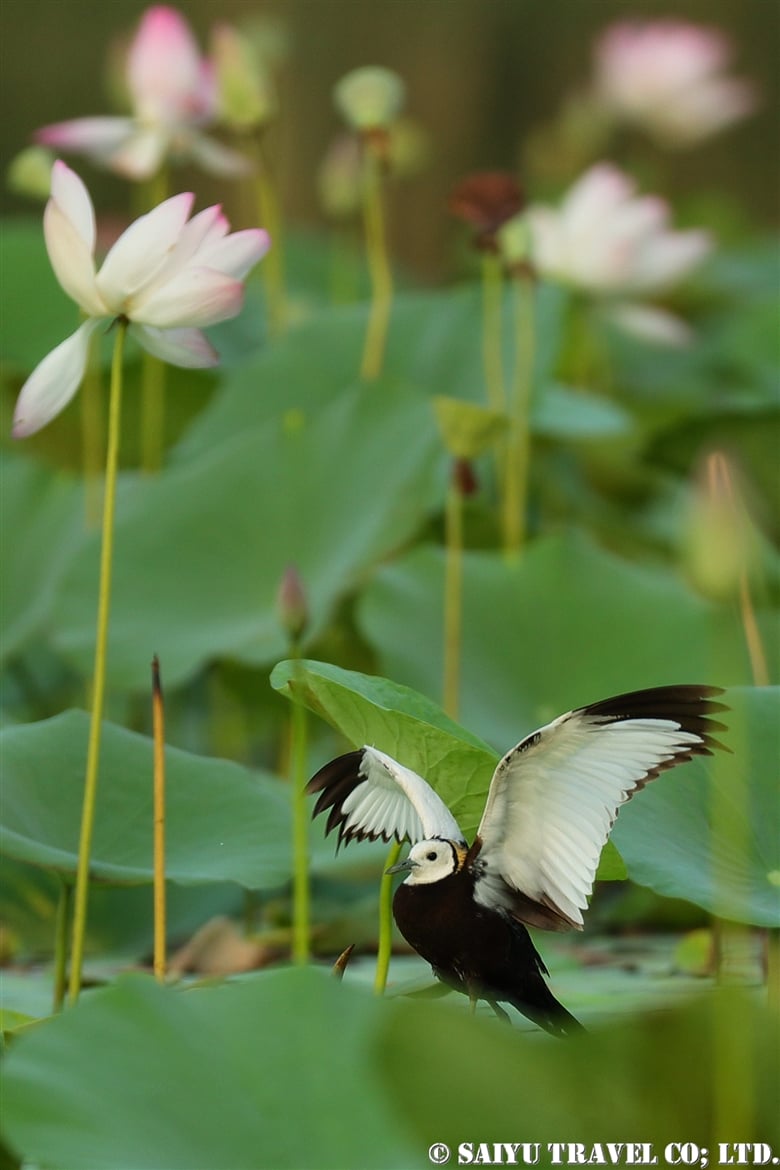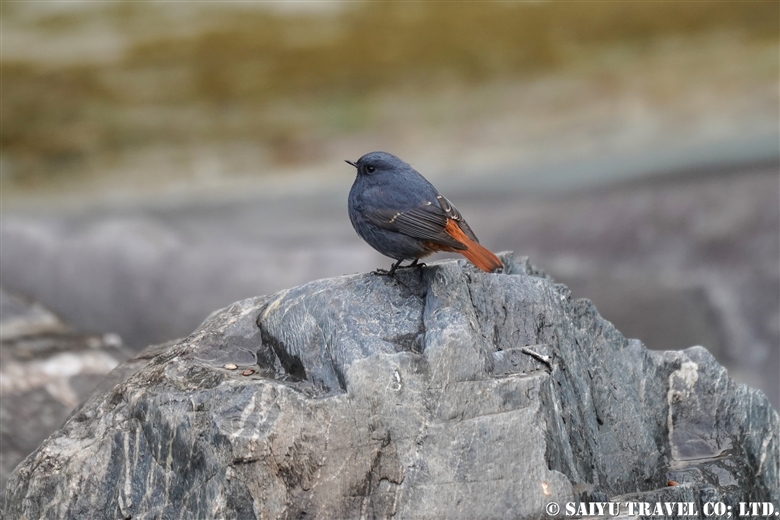Normally the peak of the Ibex rutting season is in December to January, and that is when you would expect to see them battling it out for dominance with the sounds of antlers clashing. However, this time, we found a group of them challenging each other, on a snowy spring April day, using the rocky outcrop as their stage.
Himalayn Ibex fighting for the dominance
From Dec 2021 to Feb 2022, there was some unfortunate illegal hunting that took place in Khunjerab National Park, resulting in the loss of a significant number of Ibex. Up to now, trophy hunting had been tightly controlled by national parks managed and the KVO community management system. But now the carefully managed Ibex population, which had been recovering, due to the heartless actions of people who are willing to cheat the system, has started to dwindle again. This in turn, affects the snow leopards, which forces them to start hunting among the villagers’ livestock for food. This causes the human-wildlife conflict issues to escalate in the harsh winter.
By the time we arrived, the case had already been resolved by the person in charge, but the lasting impact on the wildlife populations and people who live with them, will not be restored so quickly. Now we need to worry about the situation for next winter, as well.
Image & text : Mariko SAWADA
Observation : Apr 2022, Khunjerab National Park
Category : = Video Clip Gilgit-Baltistan > ◆ Video Breathtaking Views of Pakistan > ◆ Gilgit-Baltistan > - Ibex > ◇ Wildlife of Pakistan > - Khunjerab National ParkTag : Pakistan Travel Blog , Pakistan Travel company , Travel Pakistan Blog , Pakistan tour operator , Wildlife of Pakistan , Pakistan Photography Tour , Wildlife tour in Pakistan , Indus Caravan , Ibex , Pakistan Wildlife , Saiyu Travel Pakistan , Capra sibirica , Himalayan Ibex , Khunjerab National Park , Pakistan Blog




















